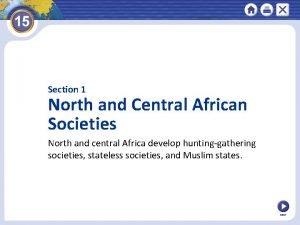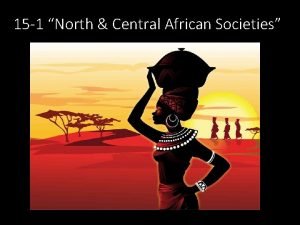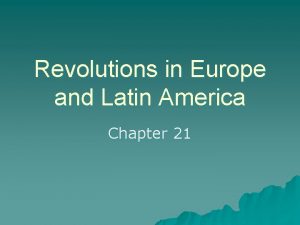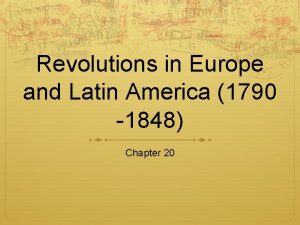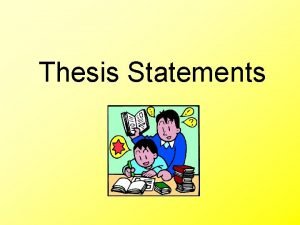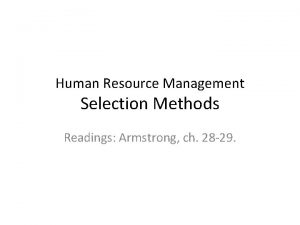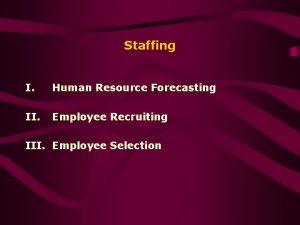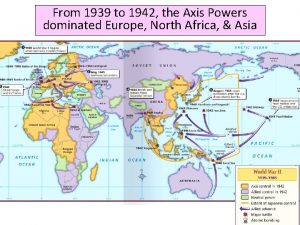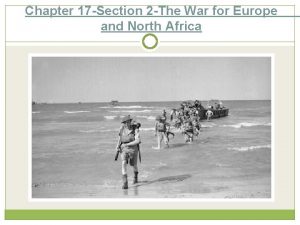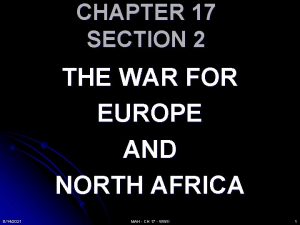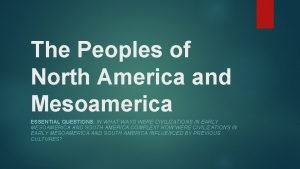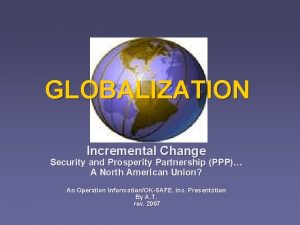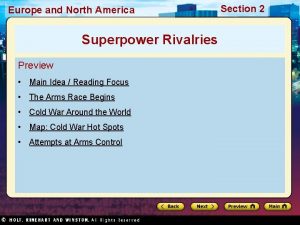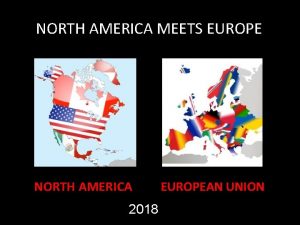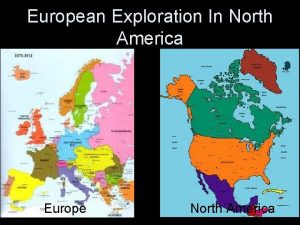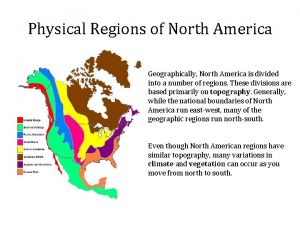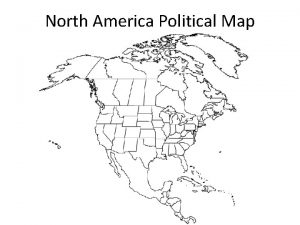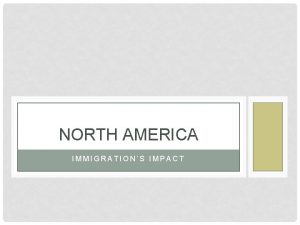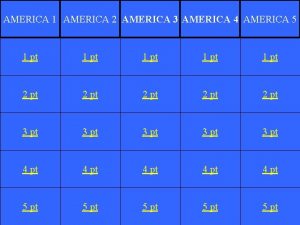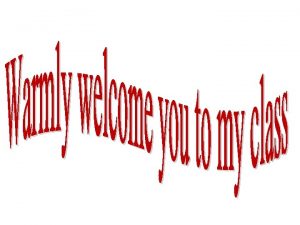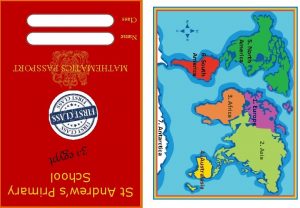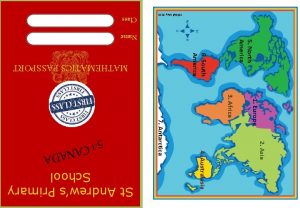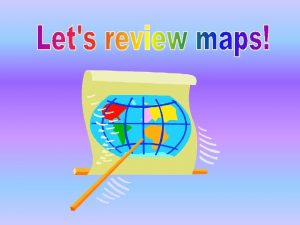Europe and North America Changing Societies Preview Main






















- Slides: 22

Europe and North America Changing Societies Preview • Main Idea / Reading Focus • North America • Faces of History: Martin Luther King Jr. • Western Europe • Quick Facts: Contrasting Economic Systems • Eastern Europe and the Soviet Union • Faces of History: Mikhail Gorbachev Section 3

Europe and North America Section 3 Changing Societies Main Idea The Cold War brought tremendous economic and social change to North America, Western Europe, Eastern Europe and the Soviet Union. Reading Focus • What were the major social changes taking place in North America after World War II? • How did Western Europe recover economically in the postwar era? • How did Eastern Europe and the Soviet Union change after World War II?

Section 3 Europe and North America The postwar United States was a land of tremendous prosperity. At the same time, the country was undergoing rapid social change. The U. S. Economy • U. S. economy enjoyed great success after World War II • By 1960, total value of U. S. goods, services two-and-a-half times greater than in 1940 Inflation, Unemployment • Early 1970 s, rapid inflation, high unemployment slowed U. S. economy dramatically • World’s oil supply disrupted • Much economic growth driven by consumer spending • Steep spike in cost of energy, driving prices of other goods higher as well • After years of economic depression, Americans ready to buy consumer goods • Early 1980 s employment, economy grew, though nation’s debts rose sharply

Europe and North America Section 3 Industry and Technology Postwar decades brought major structural changes to economy • Nation’s heavy industry suffered during 1970 s, 1980 s – American shipbuilders, automakers, steel companies found it more difficult to compete with companies in other countries – Many Americans lost jobs when U. S. companies closed factories • Other American industries still proved successful – New jobs created in advanced technology – Also new jobs in service industries like banking, health care, sales

Section 3 Europe and North America Social Changes Returning Veterans African Americans • 1950 s, booming U. S. economy raised living standards of millions, as did G. I. Bill of Rights • African Americans made major advances in postwar era • G. I. Bill helped millions of American veterans attend college • Many World War II veterans married, began families • Birthrates rose, nation entered so-called baby boom • Served bravely during war—but in units segregated from whites • 1948, President Truman issued executive order ending segregation in armed forces • Desegregation of military first in series of victories for African Americans

Europe and North America Section 3 Civil Rights • 1954, U. S. Supreme Court ruled in Brown v. Board of Education segregation of public schools had to end • Next came civil rights campaign led by Martin Luther King Jr. , James Farmer, Malcolm X, other activists, organizations Groundwork for Future • Civil rights movement achieved some major reforms • 1964, Congress passed Civil Rights Voting Act, followed by Voting Rights Act the next year • Laws knocked down longstanding barriers for equality for African Americans • Did not end racism, laid groundwork for future progress

Europe and North America Section 3

Europe and North America Section 3 Other Social Changes Women’s Rights Movement • Civil rights movement helped inspire renewed women’s rights movement in 1960 s, 1970 s • Core belief: women, men should be socially, politically, economically equal Changing Traditional Ideas • Some wanted to change traditional ideas about women’s roles—including idea that women happiest as wives, mothers, homemakers • Idea met opposition—including women who believed in traditional roles Counterculture • 1960 s, counterculture—rebellion of teens, young adults against mainstream American society—spread across country • Unconventional values, clothing, behavior adopted by many young people • Some questioned government’s actions in Vietnam War

Section 3 Europe and North America Changes in Canada Similar Path Jobs, Births, Movements • Canada underwent many of same economic, social changes • Economy provided jobs, birthrates rose • Government programs helped military veterans go to college, buy homes, start businesses • Canada also had active civil rights, women’s counterculture movements Other Events Quiet Revolution • Canada sheltered many American men who fled military draft in U. S. during Vietnam war • Movement featured growing nationalism among Frenchspeaking residents of Quebec • Quebec experienced Quiet Revolution, 1960 s • Called for separation of Quebec from rest of Canada

Europe and North America Section 3 Summarize What postwar changes took place in North America? Answer(s): economic boom; veterans bought homes and consumer goods, went to college; the civil rights, feminist, and counterculture movements

Section 3 Europe and North America Western Europe • Western Europe faced challenging future after World War II • At end of war, much of Western Europe lay in ruins • Property, farmland destroyed; national economies collapsed; millions displaced from homes; seemed on brink of chaos • Chaos did not come, thanks in large part to Marshall Plan Economic Growth • With American aid, Western Europe’s factories produced more in 1950 s than before war • West Germany became major economic power • Growth strong in other countries Influx of Immigrants • Availability of jobs attracted immigrants from former colonies • Created strain as Europeans struggled to adapt to newcomers, their cultures

Europe and North America Section 3 Alliances and Economic Unity World War II had changed Europe’s place in the world. The continent was no longer the center of world power; instead, the United States and the Soviet Union were centers of power. Alliances • European nations began to end longstanding rivalries, work for common good • NATO unified many nations in strong military alliance with U. S. , Canada Economic Unity • Many Western European nations moved toward economic unity • Cooperation begun in coal, steel industries, and development of atomic energy Markets • Broader efforts to develop single regional market, free of trade barriers • Goal to create single market to rival United States

Europe and North America Section 3 The Common Market European Economic Community • 1957, six European nations founded European Economic Community; also known as Common Market • 1960, seven other European countries formed rival European Free Trade Association • True economic unity in Europe still years in future

Europe and North America Section 3

Europe and North America Section 3 Find the Main Idea Describe the economic recovery in Western Europe after World War II. Answer(s): uneven, some countries recovered quickly with the Marshall Plan; others lagged; generally high standard of living

Europe and North America Section 3 Eastern Europe and the Soviet Union The challenges facing the Soviet Union and the Eastern European nations under its control were even more overwhelming than those facing Western Europe. Like Western Europe, however, the region soon began to recover. The Postwar Soviet Union • Tens of millions killed in war • Heavy damage to cities and farms • Soviet dictator Joseph Stalin determined to rebuild quickly • Soviet Union had command economy Command Economy • Government controls all economic decisions • Goods at prewar levels by 1953 • Nikita Krushchev became leader of Soviet Union, undertook effort to “de-Stalinize” Soviet Union Stalin-era economic and political restrictions loosened, but country remained Communist. Individual freedoms limited, still hostile stance against the West.

Europe and North America Section 3 Revolts in Eastern Europe Many Changes • Changes after Stalin’s death led Eastern Europeans to hope for end of Soviet domination • Soviet leaders made it clear reforms were limited • Used or threatened force to crush public protests in many countries, assert control • Troops put down revolts in East Germany (1953), Poland (1956), Hungary (1956), Czechoslovakia (1968) Solidarity • Soviet crackdowns did not end protests in Eastern Europe • 1980, Polish electrician Lech Walesa led hundreds of thousands of workers in antigovernment protest movement, called Solidarity • Poland’s Communist government used martial law to suppress movement, could not destroy it

Europe and North America Section 3 Glasnost and Perestroika Soviet Economy Faltered • Soviet economy performed well after war, began to falter in 1960 s • By 1980 s, Soviet Union faced crisis; command economy system inefficient • Production goals with little regard for wants, needs of marketplace Gorbachev • Goals stressed heavy industry, neglecting needed consumer goods • As result most sectors of Soviet economy ceased to grow • 1985, Mikhail Gorbachev came to power, saw need for change New Concepts • Proposed two radical concepts—glasnost, perestroika • Glasnost, “openness, ” willingness to discuss Soviet problems openly • Perestroika, “restructuring, ” reform of Soviet economic, political system

Europe and North America Section 3 Reforms • Gorbachev pushed through number of major reforms • Aggressively pursued arms control agreements with U. S. • Also reduced central planning of Soviet economy, introduced some free market mechanisms Policy Reversal • Gorbachev knew Soviet Union could not afford to prop up Communist governments of Eastern Europe • Began to pull Soviet troops out of region, urged local leaders to adopt reforms • Reversed decades of Soviet policy in Eastern Europe

Europe and North America Section 3

Europe and North America Section 3 Revolutions in Eastern Europe • Eastern Europeans longed for freedom, did not wait for reform • 1989, revolution spread; citizens overthrew Soviet-backed leaders • Gorbachev, no longer wanting to control Eastern Europe, did not interfere • Most revolutions were peaceful • Solidarity forced elections in Poland; Lech Walesa elected president Czechoslovakia, Romania East Germany • Czechoslovakia had Velvet Revolution—so called because it was peaceful • Pushed communists out of power • Only bloodshed in Romania, where some military forces remained loyal to Communist dictator • Most dramatic changes took place in East Germany • Berlin Wall opened November 1989 • Strongest symbol of Soviet repression, Cold War, finally fell • Less than year later, East, West Germany reunified as single nation

Europe and North America Section 3 Summarize What changes took place in the Soviet Union and Eastern Europe after World War II? Answer(s): Khrushchev tried to "de-Stalinize" and loosen political restrictions, revolts after Stalin's death, Solidarity, Gorbachev introduced reforms, glasnost and perestroika
 Asia europe north america
Asia europe north america Preview of main points
Preview of main points Paraverbal communication definition
Paraverbal communication definition North and central african societies
North and central african societies North and central african societies
North and central african societies Russian lyrics sting
Russian lyrics sting Revolutions in europe and latin america section 1 quiz
Revolutions in europe and latin america section 1 quiz America africa and europe before 1500
America africa and europe before 1500 Revolutions in europe and latin america
Revolutions in europe and latin america Example of thesis paragraph
Example of thesis paragraph Thesis statement in summary
Thesis statement in summary What is a preview statement
What is a preview statement Realistic job preview advantages and disadvantages
Realistic job preview advantages and disadvantages Review and preview
Review and preview Benefits of hr forecasting
Benefits of hr forecasting Who dominated europe, north africa and asia from 1939-1942?
Who dominated europe, north africa and asia from 1939-1942? The war for europe and north africa chapter 17 section 2
The war for europe and north africa chapter 17 section 2 Chapter 17 section 2 the war for europe and north africa
Chapter 17 section 2 the war for europe and north africa Climate and vegetation of north america
Climate and vegetation of north america Native american cultural areas
Native american cultural areas North central south america
North central south america The peoples of north america and mesoamerica
The peoples of north america and mesoamerica Security and prosperity partnership of north america
Security and prosperity partnership of north america



